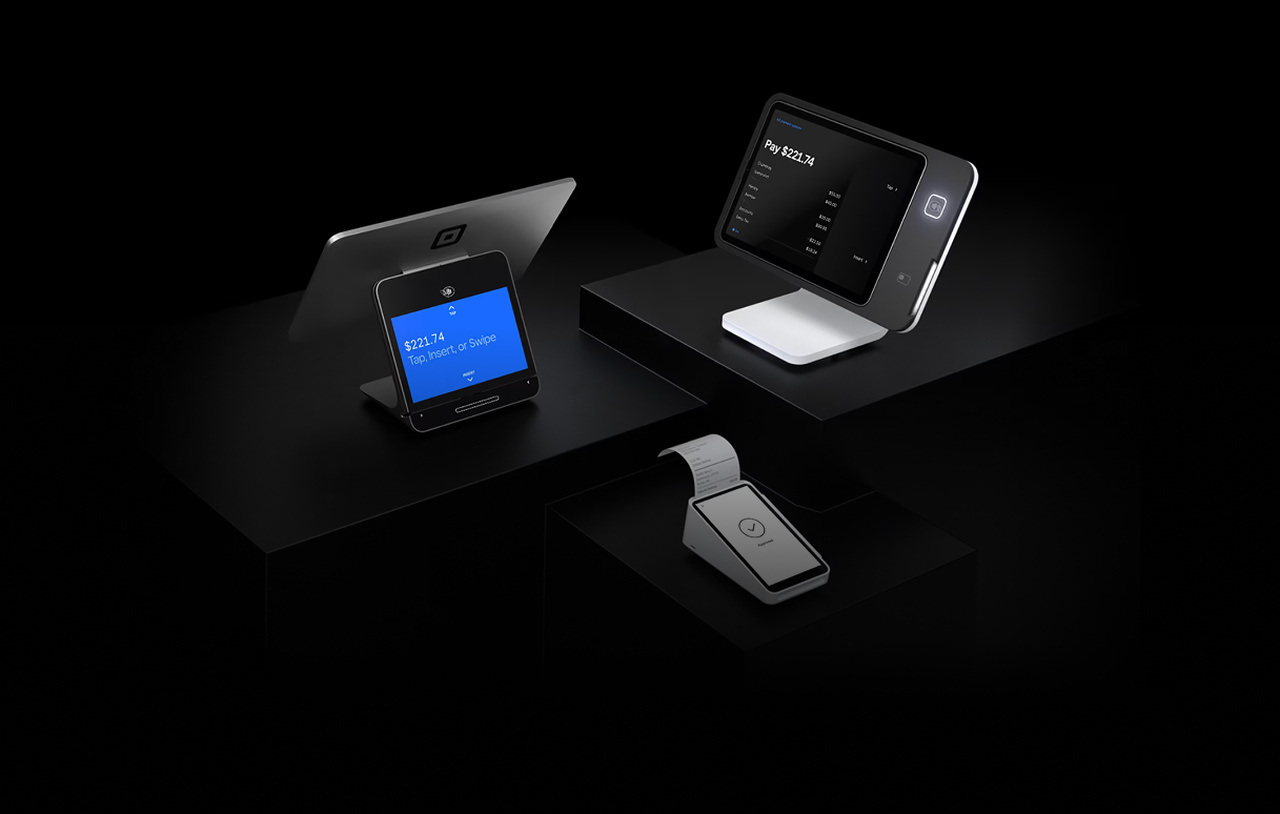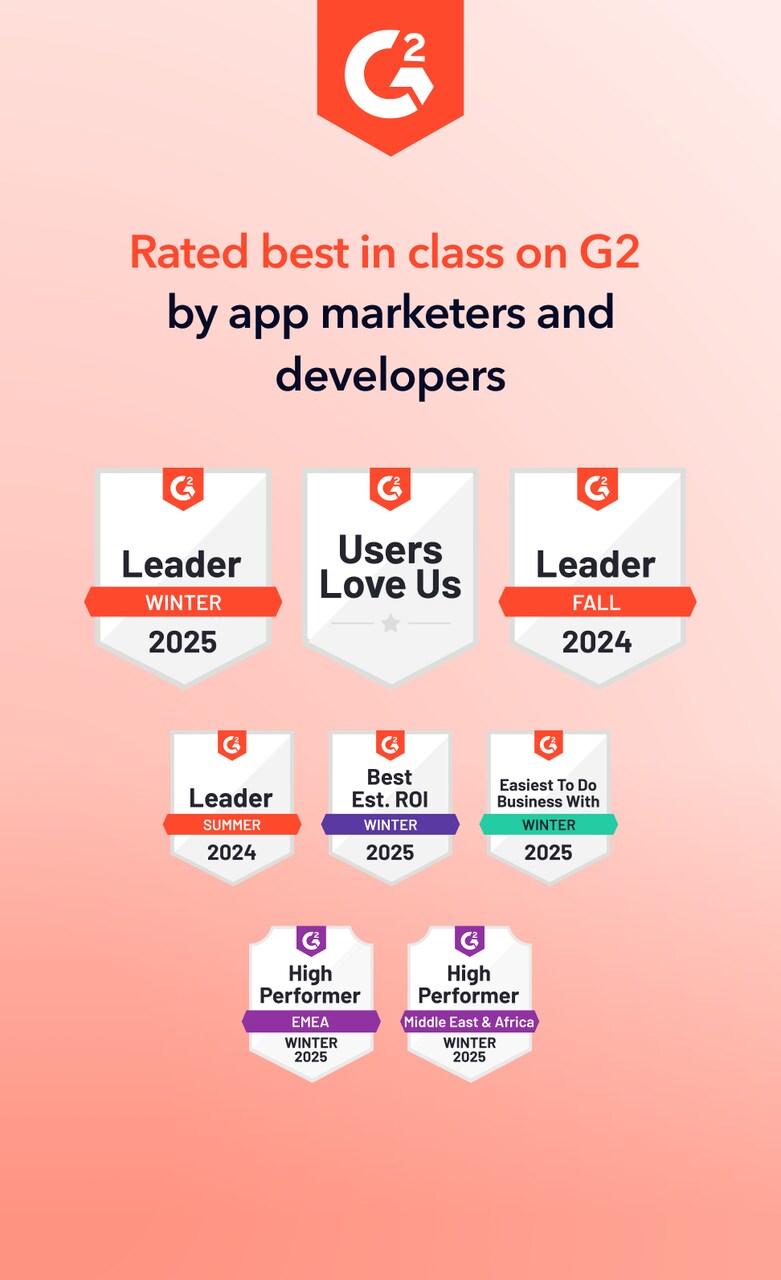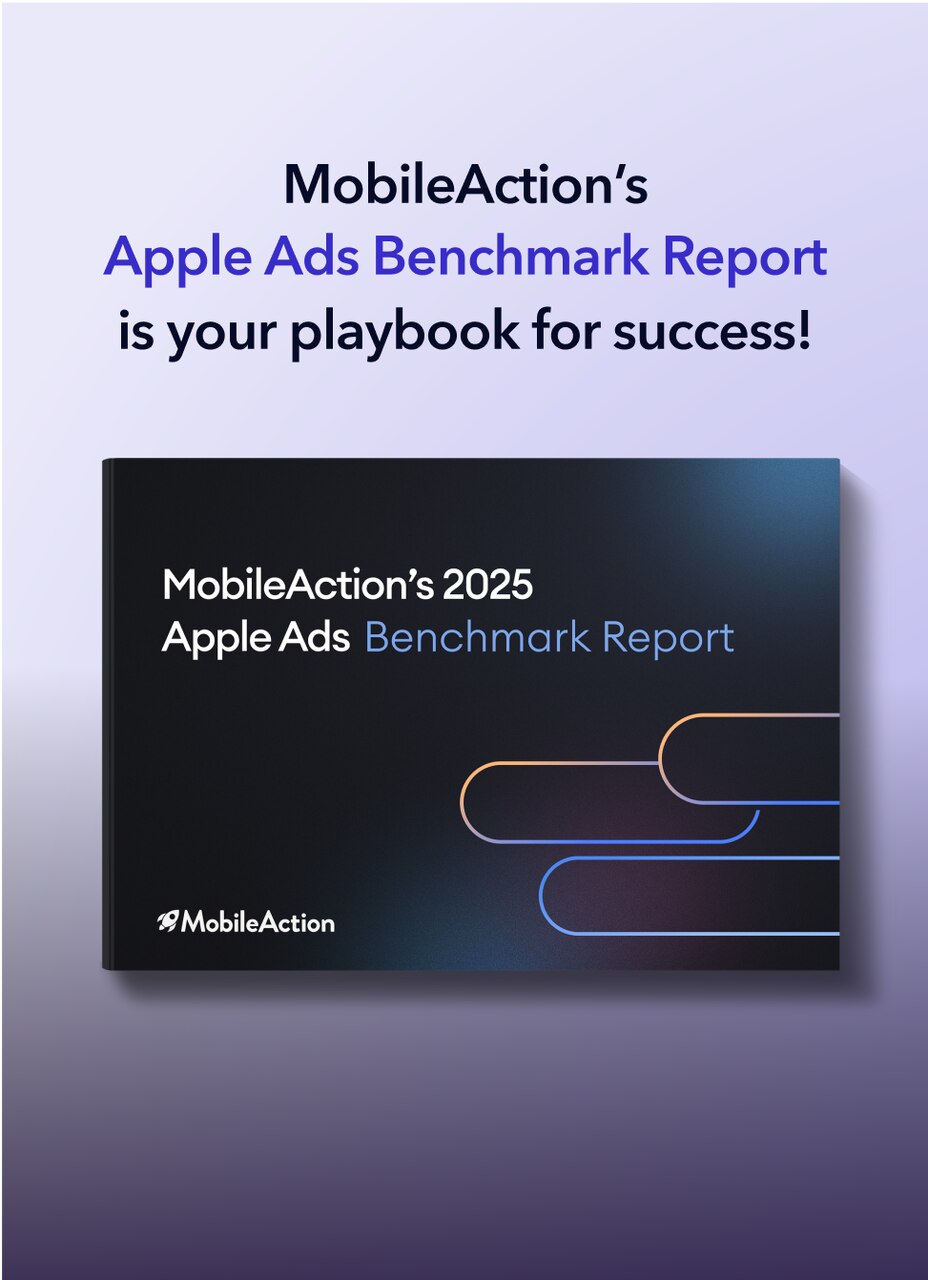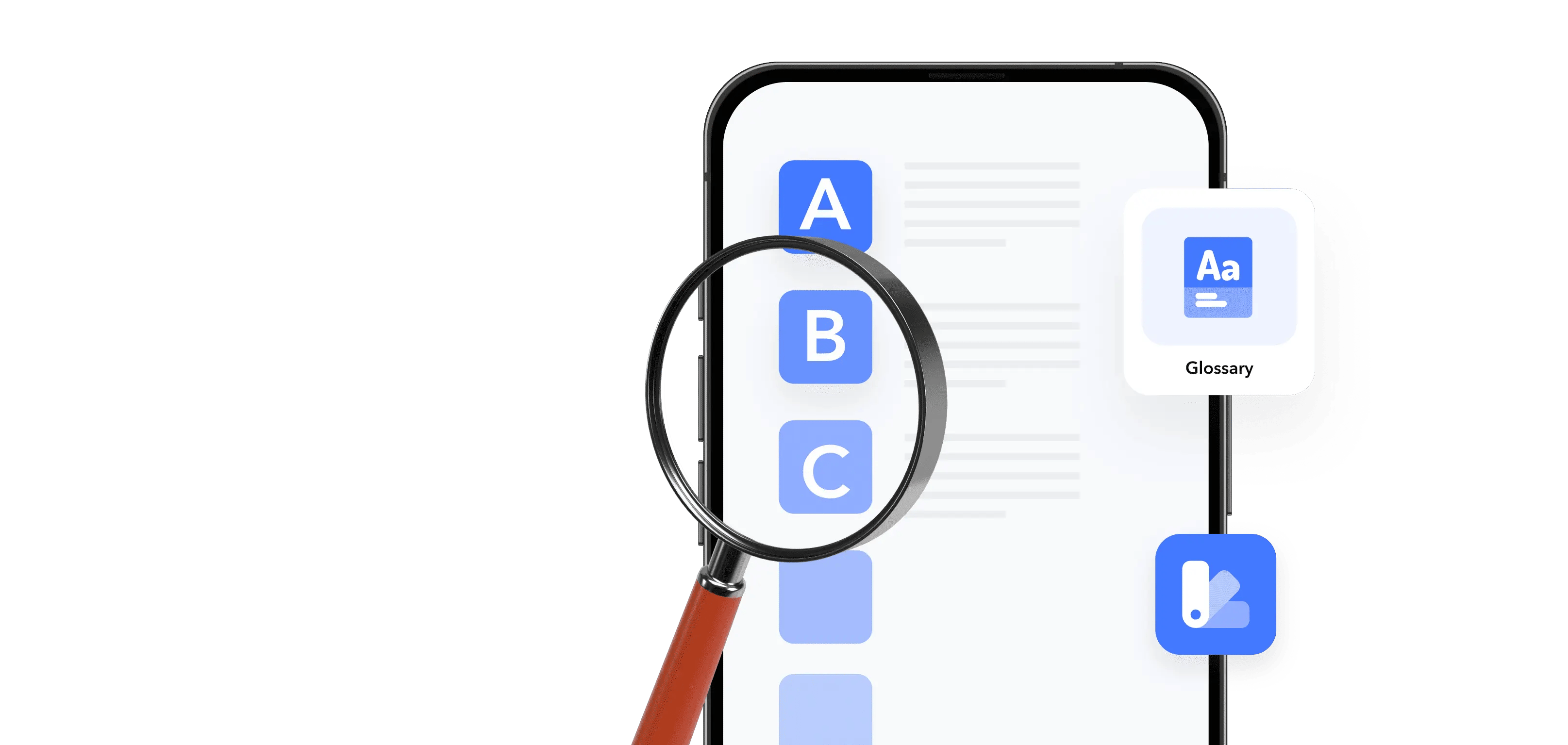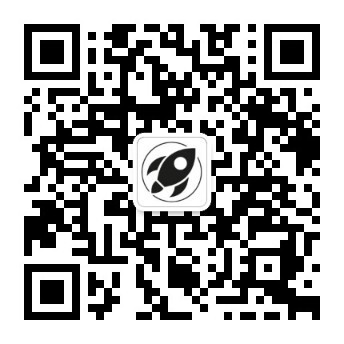Looking to boost your app's visibility and acquire more users? Our 2025 ASO Report is your ultimate guide to navigating the evolving app store landscape. Packed with data-driven insights, keyword trends, and top-ranking app strategies, this report will equip you with the knowledge to optimize your app's presence and achieve organic growth.
Custom store listings give you more flexibility over how your app appears to different audiences on Google Play. They’re designed to help you localize messaging, improve campaign relevance, and optimize store conversion by delivering tailored experiences based on user context.
What are custom store listings in Google Play?
On Google Play, a custom store listing is an alternative version of your main app listing page that you show only to a specific audience segment. Instead of sending every user to the same default listing, you can create custom store listings (CSLs) with different text, visuals, and messaging for different countries, campaigns, keywords, or user states.
With custom store listings in Google Play, you can; localize your value proposition for specific regions, align the store page with ad creatives from Google Ads campaigns, show different messaging to pre-registered, new, or inactive users, tailor the store experience based on search keywords or URL parameters.
Most developers can create up to 50 custom store listings per app, each with its own app name, descriptions, app icon, and graphic assets. Some Play partners may have access to a higher limit.
Custom store listings vs. custom product pages
Google Play’s custom store listings and custom product pages on the App Store serve similar goals, personalized messaging for different user segments, but they differ in structure and targeting logic.
- Targeting logic: CSLs can target users based on geography, ad campaigns, custom URLs, search terms, or user state (e.g., inactive or pre-registered users). Custom product pages on the App Store mostly rely on campaign-level targeting via unique URLs and deep links.
- Volume: Google Play allows 50 CSLs. Apple currently supports up to 70 custom product pages per app.
- Metadata flexibility: Both allow you to customize app metadata like the app name, app description, and visuals, but CSLs also support grouping and inheritance via Store Listing Groups for faster asset management across variants.
Pro tip: For a more detailed comparison of Google Play and the App Store, you can check our blog post: App Store & Google Play: Key Differences in 2025.
How do custom store listings work?
Custom store listings allow you to deliver tailored Play Store pages to different user groups. You can create up to 50 listings per app, each with its own metadata and assets. These listings can be shown based on:
- Country or region
- Install status (new vs. existing users)
- Custom referrer URLs (used in paid or owned campaigns)
If a user meets the targeting criteria for a custom listing, they will see that version instead of your main store listing.
Types of custom store listings and use cases
- Country-based listings
- Tailor content to specific markets (e.g., language, promotions, regional pricing).
- Example: A listing for Spanish-speaking users in Mexico.
- Install-state-based listings
- Show different listings for new users, existing users, or churned users.
- Example: Offer a discount to returning users who previously uninstalled the app.
- Custom referrer-based listings
- Use campaign links with a referrer parameter to route users to a specific listing.
- Example: A social media campaign promoting a limited-time offer with its own store listing.
These targeting types allow marketers and growth teams to align the Play Store experience with specific acquisition, app retention and re-engagement goals.
How to create custom store listings?
You must have a default store listing published before creating a CSL. Here’s a simplified workflow:
- Open the Google Play Console, select your app, and go to Grow users > Store presence > Custom store listings.
- Select Create custom store listing.
- Choose whether to create a new listing, duplicate an existing one, or create one within a group.
- Name the listing (internal use only; cannot be changed later).
- Select your targeting option (country, URL, Google Ads, keyword, or user state).
- Choose the default language and add manual translations.
- Add the app name, short description, and long description tailored to the segment.
- Upload targeted graphic assets (icon, screenshots, feature graphic).
- Select Create.
Best practices: Tips to maximize the efficiency of custom store listings
To get the most out of your Google custom store listings, follow these ASO Intelligence best practices:
- Avoid targeting overlap. A country can only be assigned to one CSL at a time. Plan your segments carefully to avoid conflicts.
- Add manual translations. CSLs are not auto-translated. Make sure to manually translate listings for each language spoken in your target regions.
- Align paid ads with CSLs. If you’re using CSLs for paid acquisition, match your store listing content to your ad creatives for a consistent user experience.
- Use keyword suggestions: Google Play provides suggestions when setting up keyword-based CSLs. Use them to improve discoverability and relevance.
- Leverage store listing groups: If managing multiple CSLs with shared content, use groups to save time. Updates to group assets apply across all listings in the group.
Frequently asked questions
What is a custom store listing in ASO?
In ASO, a custom store listing is a targeted version of your Google Play store page designed to improve conversion for a specific audience. It helps you show the right message to the right users, whether they’re from a unique URL, a country, a keyword search, or a paid campaign. CSLs play a major role in conversion rate optimization, especially when you want to deliver localized or campaign-aligned experiences.
Which metadata elements can be customized?
The following metadata can be customized in each custom store listing:
- App title
- Short description
- Long description
- Feature graphic
- Screenshots
- Promo video
- Store listing experiments (ASO A/B tests are separate per listing)
App icon, app category, and in-app purchases cannot be changed per listing. Those are global across all listings.
Related terms
Looking to boost your app's visibility and acquire more users? Our 2025 ASO Report is your ultimate guide to navigating the evolving app store landscape. Packed with data-driven insights, keyword trends, and top-ranking app strategies, this report will equip you with the knowledge to optimize your app's presence and achieve organic growth.


